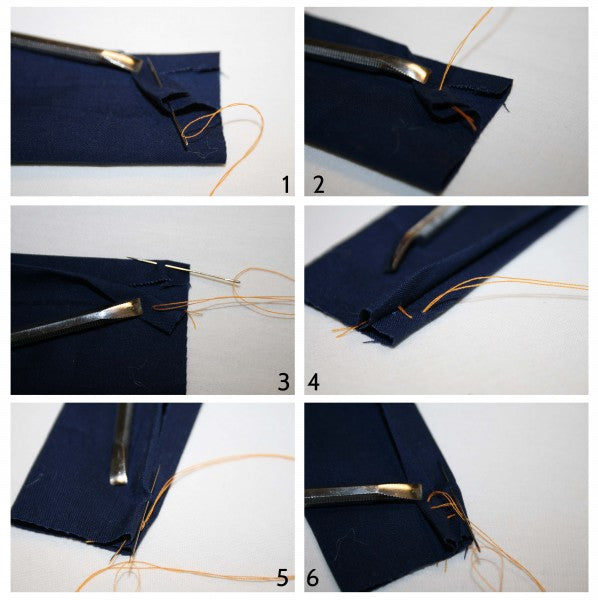In Episode 4 we're actually making a project! That's right; you suffered through 3 episodes to build a strong foundation, not it's time to have some fun.
Now, as the saying goes, there's more than one way to skin a cat. Every sewists has his/her own special process. I'm going to teach you the way I sew, because the techniques I use just makes sense to me. However, if someone taught you differently, and it works better for you, go with that method.
We're going to learn many techniques using this McCall's Wacky Creatures pattern, mostly because it's a fun beginner's project and forces you to practice curves and corners. No better way to learn than to just throw yourself in the there. Plus, it's a silly stuffed animal - so, who cares if your seams are a little wonky or if you mess up? It's suppose to look a little funky anyhow...

We go over A TON in this video and it can be a little overwhelming. For those whom need a bit more clarification, I've included more in depth instruction in this post (scroll to the bottom).
IMPORTANT: You are NOT to judge yourself and/or your sewing ability. Period. This is a learning process. If you constantly compare yourself to the Martha Stewarts of the world, you'll end up getting frustrated. The point is to practice and be proud of yourself for learning something new!
If you don't have the Wacky Creatures pattern, I've provided a similar version.

The pattern is a bit different, but the techniques are the same. Download this pattern and print out. Make sure to unclick the "Fit picture to frame" box.

Then, take it to Kinko's and enlarge by 100% (or more/less if you like). Luckily, you get to skip all the "matching up notches" mumbo jumbo. However, make sure to review that process (matching notches, pattern adjustments) for future reference.
Supplies You'll Need
Scissors
Muslin
Fabric (for the body)
Felt (for the face and eyes)
Needle
Hand sewing Needle
All Purpose Thread
Universal Needle 90/14
Polyfil Stuffing (1 pound is fine)
And Other Fun Embellishments you want to add
Here are the techniques you'll learn with this 1 project:
Cutting a Pattern
Adjusting a Pattern on the Center Fold
Top Stitching
Hand Sewing a Whip Stitch
Sewing Curves
Sewing/Pivoting Corners
Stuffing with Polyfil
Hand Sewing a Slip Stitch
The hand sewing is only briefly touched on in the video. Both techniques are super easy and, remember, they don't have to be perfect. Even my stitches are a little wonky.
Basic Whip Stitch
You literally just whip the thread around the edge. It's a very fast and easy stitch. Simply knot your thread on the wrong side at the start and finish of your stitch.

Basic Slip Stitch
This one requires a little more focus and takes a bit longer, but the end result is awesome. Start by hiding your knot in the fold. Then simply zigzag back and forth only catching the seam allowance. Try to aim for just under the fold.

When you are finished, the seam should be invisible.

As always, if you have any questions, please feel free to leave them in the comment section below!








